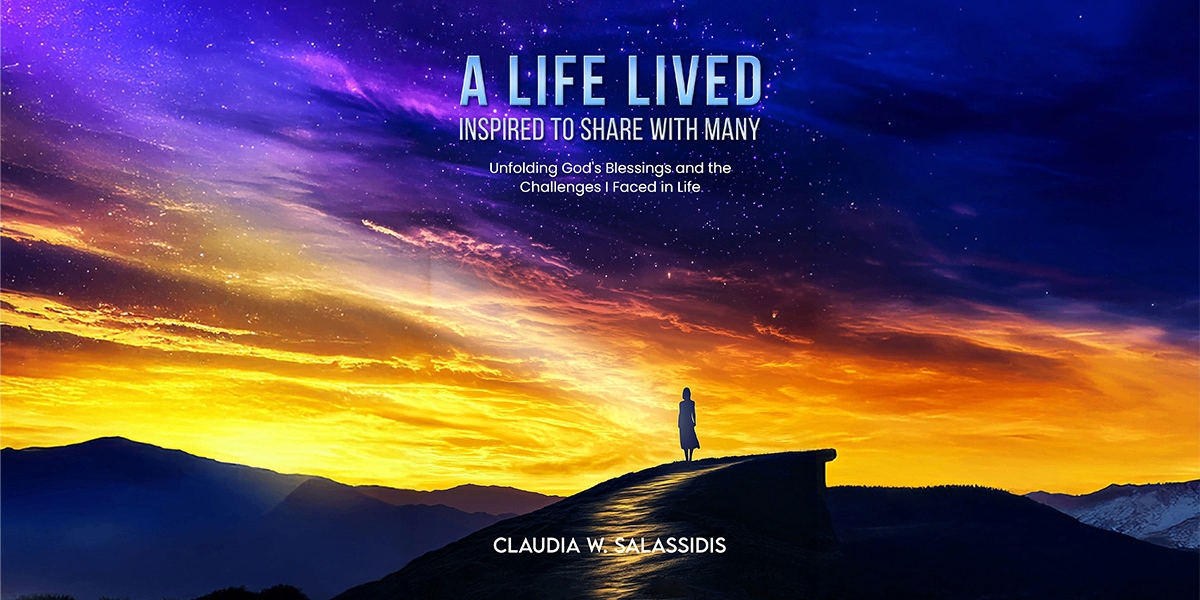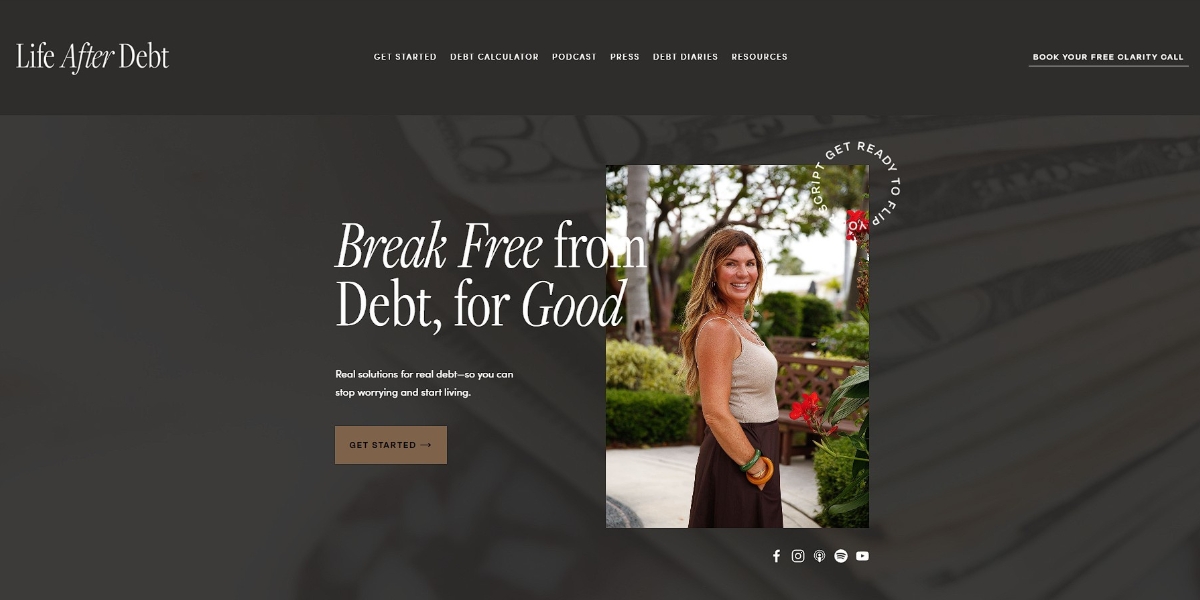The pop music genre has been significantly shaped and dominated by women over the decades. From the early days of the genre to contemporary times, female artists have consistently pushed the boundaries of creativity and influence. This article explores how women have come to dominate the pop genre of music, highlighting their contributions, challenges, and enduring legacy.
The Early Pioneers
The 1960s saw the rise of several female pop icons who laid the groundwork for future generations. Artists like Aretha Franklin, Diana Ross, and Dusty Springfield brought powerful vocals and charismatic performances to the forefront of popular music. Their ability to connect with audiences and deliver emotional depth through their music set a new standard in the industry.
In the 1970s, female artists began to explore more diverse musical styles within the pop genre. Stevie Nicks of Fleetwood Mac, for example, blended rock and pop, creating timeless hits that continue to resonate. Donna Summer, the “Queen of Disco,” revolutionized the dance-pop scene with her infectious rhythms and captivating stage presence.
The Pop Revolution
The 1980s marked a significant turning point with the emergence of female megastars who redefined pop music. Madonna, often referred to as the “Queen of Pop,” became a cultural icon with her provocative style and boundary-pushing music videos. Whitney Houston’s powerful voice and emotional ballads set new records and established her as a global superstar.
The 1990s introduced a new wave of female pop stars who embraced diverse sounds and messages. Britney Spears, Christina Aguilera, and Mariah Carey dominated the charts with their distinct vocal styles and catchy tunes. The Spice Girls brought “Girl Power” to the mainstream, promoting female empowerment and camaraderie.
Breaking Barriers and Setting Trends
The 2000s saw female pop artists continually reinventing themselves and the genre. Beyoncé, formerly of Destiny’s Child, launched a successful solo career characterized by powerful anthems and innovative performances. Lady Gaga’s eccentric style and bold musical choices challenged conventional norms and garnered a massive following.
In the 2010s, female pop artists used their platforms to address social issues and promote inclusivity. Taylor Swift’s evolution from country to pop showcased her versatility and storytelling prowess. Artists like Rihanna and Katy Perry broke records with their chart-topping hits while advocating for various causes.
The Influence of Digital Media
The rise of social media and streaming platforms has played a crucial role in amplifying the voices of female pop artists. These platforms allow artists to connect directly with their fans, share their music instantly, and build loyal followings. Female artists like Ariana Grande and Billie Eilish have leveraged these tools to achieve unprecedented success.
YouTube has been instrumental in launching the careers of many female pop artists. Justin Bieber, who was discovered on YouTube, paved the way for artists like Carly Rae Jepsen and Alessia Cara. The platform’s ability to make music videos go viral has been a game-changer for the industry.
Challenges and Triumphs
Despite their success, female pop artists have faced significant challenges, including gender bias and industry discrimination. Many have spoken out about the pressures to conform to certain standards and the need to fight for equal recognition and opportunities. However, their resilience and determination have paved the way for more equitable representation in the industry.
Female pop artists have also been at the forefront of advocating for social change. Beyoncé’s “Lemonade” album, for example, addressed issues of race, feminism, and identity, resonating with a wide audience. Similarly, Lady Gaga’s activism for LGBTQ+ rights and mental health awareness has made a substantial impact.
The Future of Female Pop Dominance
The future of the pop genre looks promising with the emergence of new female talents. Artists like Dua Lipa, Lizzo, and Halsey are continuing the legacy of their predecessors, bringing fresh perspectives and innovative sounds to the industry. Their success underscores the ongoing influence and dominance of women in pop music.
As the pop genre continues to evolve, the contributions of female artists will remain integral to its growth. Their ability to adapt, innovate, and connect with audiences ensures that women will continue to dominate and shape the future of pop music.
The dominance of women in the pop genre of music is a testament to their talent, resilience, and influence. From the early pioneers to the current superstars, female pop artists have consistently pushed the boundaries of creativity and impact. As the industry continues to evolve, their legacy will undoubtedly inspire future generations of musicians and fans alike.









